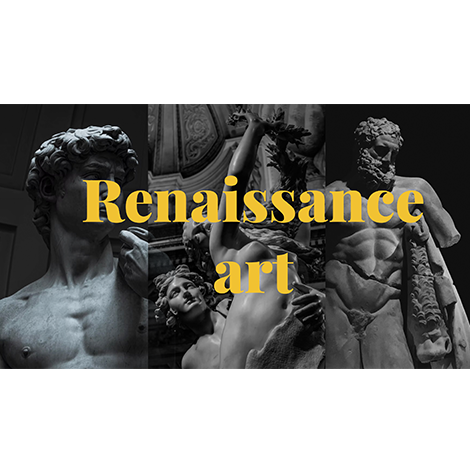- Featured
- Export Emails to Sheets
- Screenshot Tool
- Email Tracker
- MailKing - automated mass emailing
- Save Emails as PDF
- Export Emails to Google Docs
- Multi Email Forward
- Meeting Scheduler
- Email Templates
- All Apps
- Gmail Label Sharing
- Auto Bcc for Gmail
- Mobile Text Alerts for Gmail
- Save Emails to Google Drive
- Save Emails to Dropbox
- Auto Follow Up for Gmail
- Backup and Archive Emails to Amazon S3
- Free Video Email
- Gmail Web Clipper
- Send your Email to SMS
- Gmail Snippets
- Gmail Phone
- Email Zoom Text Reader
- Gmail Screencast
- HTML Editor for Gmail
- Notes for Gmail
- Rename Email Subject
- Gmail Free Online Polls & Surveys
- Schedule Emails
- Snooze Emails
- Share Emails as Links
- Gmail URL Link Preview
- Gmail Time Tracker
- Free Email Tracking Blocker
- Save and Backup My Emails
- Attach And Share Cloud Files for Gmail

The realm of art includes numerous areas of expertise, ranging from sculpture and ceramics to painting and beyond. What is the driving force behind artistic creation, and why do various epochs display so many distinct features? The study of art history aims to explore and analyze these questions. By using this Art & History template, you can introduce your students to this fascinating field of study. The backgrounds resemble sheets of paper, embellished with rudimentary sketches. The presentation exudes an air of elegance, largely due to the typography employed.
1 of 9
Renaissance art
2 of 9
Renaissance, the era of intellectual and
artistic flowering that began in Italy in the 14th century, reaching a peak in the 16th century and having a significant impact on the European culture.
The term "Renaissance" meant a return to
values of the ancient world (although interest in the Roman classics arose back in the 12th century), appeared in the 15th century and received a theoretical
substantiation in the 16th century in Vasari's writings on creativity famous painters, sculptors and architects.
At that time there was an idea about the harmony reigning in nature and about
man as the crown of her creation.
3 of 9
The main features of the culture of the Renaissance:
secular nature
humanist outlook
Appeal to the ancient cultural heritage, it’s kind of "revival"
(hence the name)
4 of 9
Renaissance periods
XIII century
pre-revival
(Proto-Renaissance)
XIV-XV cent. Early
Renaissance.
First half XVI
cent.
High
Renaissance.
Second half XVI
cent.
Later
Renaissance.
5 of 9
Proto-Renaissance
Giovanni Pisano
Giotto di Bondone
1
6 of 9
Early Renaissance
2
Filippo Brunelleschi
Donato di Niccolò
di Betto Bardi
Masaccio Guidi
7 of 9
High Renaissance
Leonardo da Vinci
3
Michelangelo
8 of 9
Late Renaissance
4
Antonio da Correggio
Tiziano Vecellio
9 of 9
The discoveries made during the Renaissance were of great historical importance for the development of European art in subsequent centuries.
Thank you for the attention!